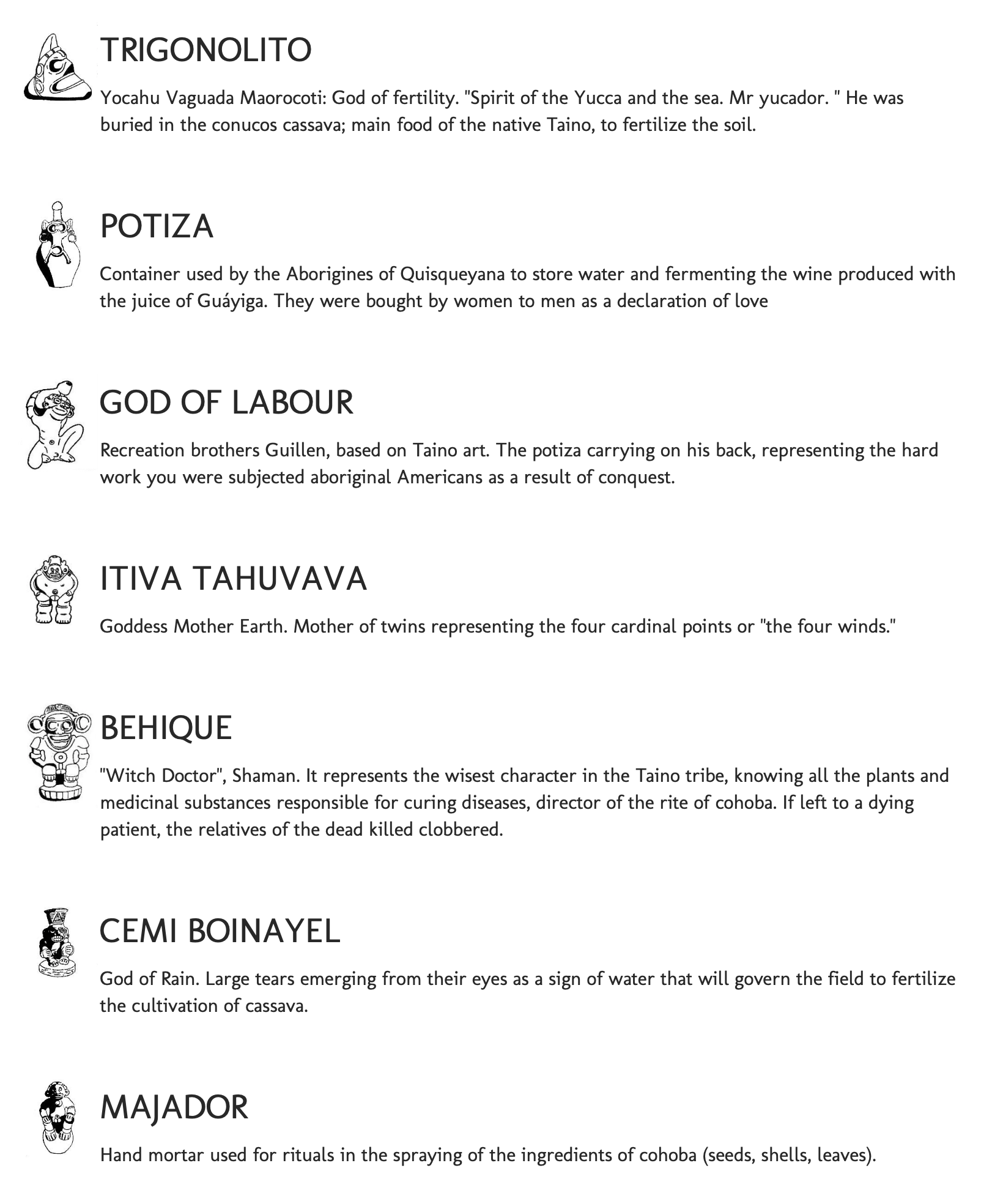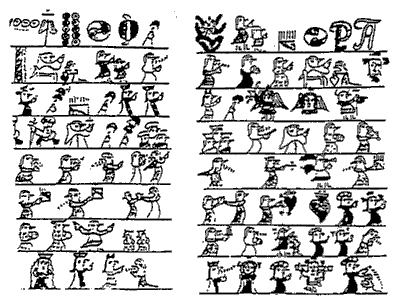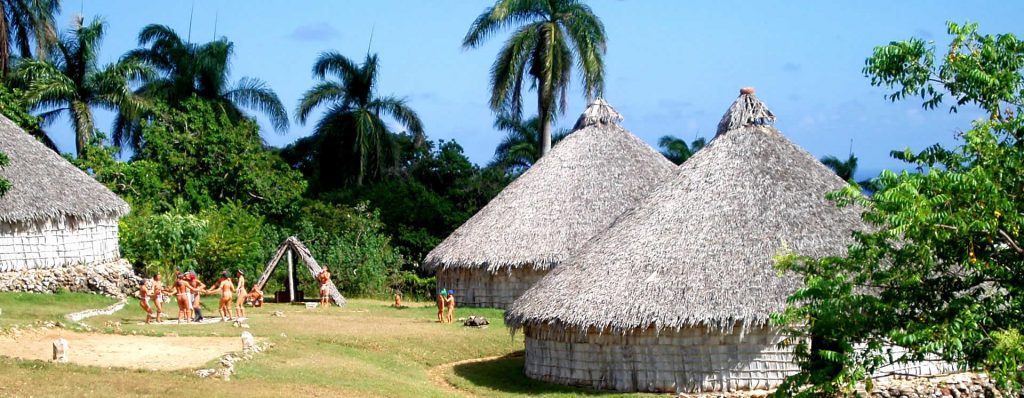
On October 12, 1492, Christopher Columbus landed on the shores of Guanahani (what is now known as the Bahamas), and ultimately delivered a death sentence to the indigenous people, the Taíno (tie-ee-no), which also encompasses the Lucayan (loo-kai-en) people, both of which are part of the Arawak (air-uh-walk) language group, who inhabited the island. The Spanish explorer immediately noted “…They should be good servants.” New World diseases, forced slave labour, and brutal murders, all brought on by Christopher Columbus and his crew, led to somewhere between 80% and 90% of the Taíno population dying within 30 years. Bartolome de las Casas was one of these Spanish explorers for decades, but he renounced the actions of Columbus and his fellow crewmates in his book A Short Account of the Destruction of the Indies (1992). The following is a graphic excerpt from this text:
“They [Spanish explorers] forced their way into native settlements, slaughtering everyone they found there, including small children, old men, pregnant women, and even women who had just given birth. They hacked them to pieces, slicing open their bellies with their swords as though they were so many sheep herded into a pen. They even laid wagers on whether they could slice a man in two at a stroke, or cut an individual’s head from his body, or disembowel him with a single blow of their axes. They grabbed suckling infants by the feet and, ripping them from their mothers’ breasts, dashed them headlong against the rocks. Others, laughing and joking all the while, threw them over their shoulders, shouting, ‘Wriggle, you little perisher.’
Christopher Columbus is still a widely celebrated man in America, but Indigenous Day has now been introduced to our calendars, and it is slowly, but surely, taking over Columbus Day. That man took hand in horrific acts against the indigenous people of Guanahani and sparked a continuing trend of violence against indigenous people that still ails the world now.


missionaries coming to Hispaniola.
The Taíno people deserve to have their history told. They were a culturally advanced nation that had an efficient agricultural production system, a matrilineal based lineage system that led to independent women with full reign over their bodies, and even village plazas for ceremonial events and social activities. Symbols were important and prevalent in Taíno culture, and a large number of petroglyphs and pictographs can be found all over the Bahamas, Puetro Rico, and other islands of the area. The largest collection of rock art in the Carribean can be found in the Pomier Caves, which is a series of 55 caves containing approximately 6,000 drawings, carvings, and pictographs.

Information Citations:
https://en.wikipedia.org/wiki/Christopher_Columbus
https://www.washingtonpost.com/history/2019/10/14/here-are-indigenous-people-christopher-columbus-his-men-could-not-annihilate/
https://en.wikipedia.org/wiki/Ta%C3%ADno
https://en.wikipedia.org/wiki/Pomier_Caves
Image Citations:
https://www.washingtonpost.com/wp-apps/imrs.php?src=https://arc-anglerfish-washpost-prod-washpost.s3.amazonaws.com/public/WN6QVTQ2QJAMXA7H2TRH4X7IC4.jpg&w=916
https://tainomuseum.org/taino/symbols/
https://tainomuseum.org/wp-content/uploads/2011/07/taino-village.jpg
